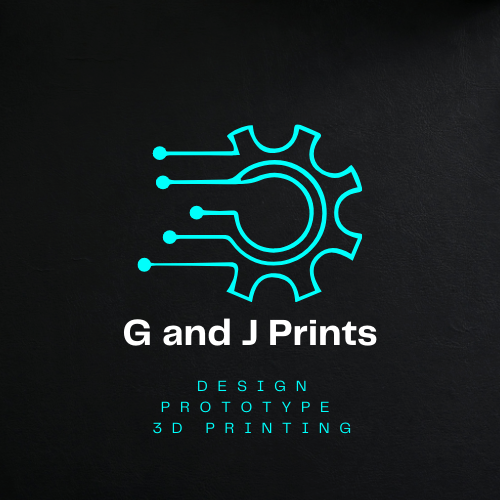3D printing technology has come a long way since its inception. What was once a novelty has now become a game-changer in various industries. One of the most exciting applications of 3D printing is the creation of functional prints. These prints are not just for display or decoration; they serve a practical purpose in our daily lives. In this blog post, we will explore the world of functional 3D prints and how they are revolutionizing everyday objects.
What are functional 3D prints?
Functional 3D prints are objects that are designed and printed using a 3D printer to serve a specific purpose. Unlike traditional manufacturing methods, 3D printing allows for the creation of complex geometries and intricate designs that were previously impossible or expensive to produce. These prints can range from simple household items to intricate mechanical parts.
How are functional 3D prints changing the game?
Functional 3D prints have the potential to disrupt various industries by offering cost-effective and customizable solutions. Here are a few ways they are changing the game:
1. Customization
With 3D printing, customization is no longer limited to mass-produced items. Consumers can now personalize everyday objects to suit their specific needs and preferences. From phone cases to kitchen utensils, the possibilities are endless.
2. Prototyping
3D printing has revolutionized the prototyping process. It allows designers and engineers to quickly iterate and test their ideas before moving to mass production. This not only saves time but also reduces costs associated with traditional prototyping methods.
3. Spare Parts
Have you ever found yourself in a situation where a small part of a household item breaks, rendering the whole thing useless? With functional 3D prints, you can simply print a replacement part instead of buying a completely new product. This not only saves money but also reduces waste.
4. Medical Applications
Functional 3D prints have made significant advancements in the medical field. From prosthetics to surgical tools, 3D printing has enabled the creation of customized and patient-specific solutions. This technology has the potential to improve patient outcomes and revolutionize healthcare.
5. Education and Research
3D printing has become a valuable tool in education and research. It allows students and researchers to bring their ideas to life and explore complex concepts in a tangible way. From anatomical models to architectural prototypes, functional 3D prints enhance learning and innovation.
Conclusion
Functional 3D prints are transforming the way we think about everyday objects. With their ability to customize, prototype, create spare parts, and revolutionize various industries, 3D printing technology is here to stay. As the technology continues to advance, we can expect even more innovative and practical applications of functional 3D prints in the future.
